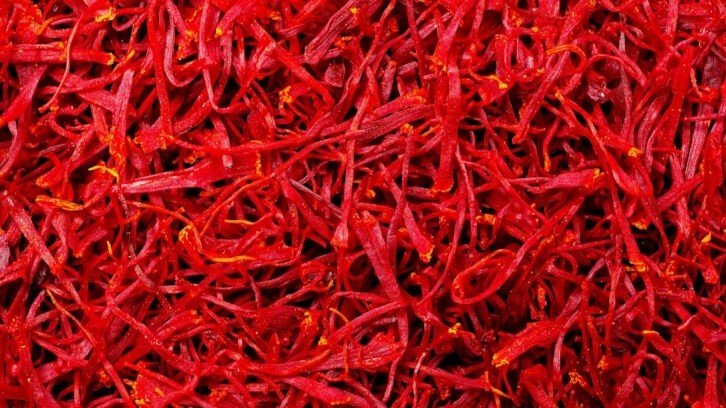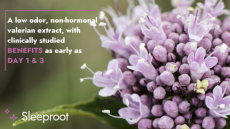Saffron and sight: Study explores longer-term effects

According to a recent study published in BMJ Open Ophthalmology, 12 months of saffron supplementation maintained multifocal electroretinogram (mfERG) response density—a measure of the electrical response of the retina to light—in patients with mild-to-moderate AMD, with minimal side effects.
“As saffron is a powerful antioxidant, it is possible that it acts to reduce oxidative damage and preserve retinal function through this action, and it is additionally thought to have some effect in downregulating inflammatory cytokines, potentially also reducing autoimmune-mediated damage,” the Australia-based research team wrote.
Research affiliations include the Save Sight Institute and School of Public Health at the University of Sydney, the Sydney Retina Clinic and the Cureos clinical research institute.
Saffron and the central ring
Despite its steep price tag, saffron has been formulated into a range of dietary supplements marketed to boost mood, control appetite, support cognitive function, increase libido, reduce menstrual symptoms and protect cardiovascular health.
It has also demonstrated short-term efficacy in slowing the progression of mild-to-moderate AMD, a where mfERG response density decreases over time and changes are seen earliest in the central ring (ring 1).
“Additionally, loss of response density in ring 1 has also been associated with visual decline in mild-moderate AMD, potentially as a result of this representing the area closest to the fovea and hence most responsible for central clear vision,” the researchers wrote.
They suggest that it may be possible to preserve function in this region in the earlier stages of AMD, although the exact mechanisms by which saffron may be associated with mfERG function are not known.
Study details
This latest study is an extension of a previous clinical trial that evaluated the effect of three-months saffron supplementation in 100 participants with mild/moderate AMD.
Of the original cohort, 93 subjects (mean age 74.6) enrolled in the follow-up trial, maintaining the same 20 mg daily supplementation as the initial study, a dose previously determined to have a neuroprotective effect on the retina. Participants already consuming Age-Related Eye Diseases Study (AREDS) supplements or equivalent—a mix of vitamins, nutrients and carotenoids, namely lutein and zeaxanthin—maintained these.
Over the 12-month study period, the researchers carried out three monthly eye exams and supplement compliance assessments. Primary outcomes included changes in mfERG response density and latency, and changes in best-corrected visual acuity (BCVA). Secondary outcomes evaluated safety, changes in mfERG and BCVA among participants on AREDS supplements, and changes in microperimetry.
“Although not able to reverse existing damage, saffron was associated with preserved mfERG function across a prolonged period of supplementation,” the researchers concluded. They noted that there was no difference in response between those taking AREDS supplements and those not.
“This suggests that these effects are independent of other supplement use and may offer alternate means and pathways of preserving vision in intermediate AMD then those observed with current therapies,” the study noted.
Compared to the earlier three-month crossover trials, findings also indicated that supplementation led to a more marked effect on response density (thought to represent photoreceptor survival) than on latency (thought to be a marker of photoreceptor stress).
“It has been suggested that in AMD there is a pool of ‘at-risk’ photoreceptors that are diseased but not yet dead,” they wrote. “Potentially in the short term, use of saffron stabilizes these, leading to survival of these photoreceptors over a longer period of time, potentially explaining these findings, although further research is needed to investigate this hypothesis.”
Source: BMJ Open Ophthalmology
doi: 10.1136/bmjophth-2023-001399
“Saffron therapy for the ongoing treatment of age-related macular degeneration”
Authors: Geoffrey K. Broadhead et al.
















